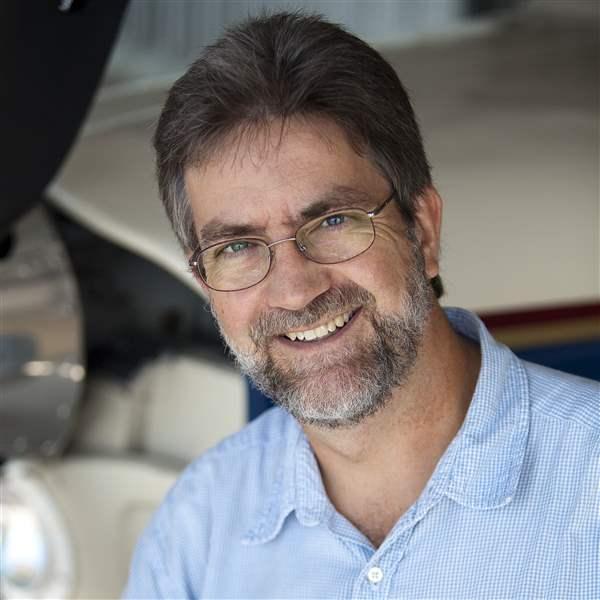The gondola of a gas balloon that disappeared Sept. 29 —with the bodies of its two American pilots still inside—was recovered from the Adriatic Sea before dawn Dec. 6 by an Italian fishing boat, according to news reports.
Pilots Richard Abruzzo, 47, of Albuquerque, N.M., and Carol Rymer Davis, 65, of Denver, were competing as the USA2 team in the Gordon Bennett 2010 International Gas Balloon Race. The last tracking signal from their gas balloon was received at 0558Z on Sept. 29. At that time the balloon was flying at 9,000 feet above the Adriatic Sea, traveling south at 7 knots. Analysis of transponder data indicated that the balloon was descending at a moderate rate, which increased to a descent rate of about 50 mph. Thunderstorms were present in the area at the time. After six days of extensive searching that included Italian Coast Guard ships, U.S. Navy aircraft, and a remotely piloted underwater vehicle, the Italian Maritime Rescue Coordination Center on Oct. 4 suspended its search for the balloon.
A boat recovered the wreckage and remains while fishing 11 miles north of Vieste, on Italy’s eastern Adriatic coast, the Charlotte Observer reported ). Documents found in the gondola confirmed the identities of Abruzzo and Davis, it said.
“It’s very sad news but it was, of course, expected,” race director Don Cameron told BBC News. “It will give closure to the families. Having absolutely no information at all has been very distressing for them.”
Infrared and visible satellite images at 0600Z on Sept. 29 depicted an area of cumulonimbus clouds developing in the vicinity of the balloon’s last coordinates, according to an NTSB preliminary report on the accident. “The radiative cloud top temperature was between minus 28 to minus 30 degrees Celsius, which corresponded to cloud tops in the range of 25,000 to 26,000 feet,” the NTSB report said. “The visible imagery indicated some signs of transverse banding on top of the anvil, which also implied strong vertical shears, turbulence, and thunderstorms in the area.”
Unlike hot air balloons, gas balloons get their initial lift from helium or hydrogen that is pumped into their envelopes. The balloon flown by Abruzzo and Davis used hydrogen. To descend, pilots either vent the gas through the top of the balloon’s envelope or wait for cooler evening temperatures to contract the gas. To ascend, pilots either drop ballast (typically sand or water) or wait for warmer daytime temperatures to heat the gas and cause it to expand. While both lighter-than-air gases provide lift, helium costs significantly more.
The race consisted of 20 teams, representing 11 countries, that launched Sept. 25 from Bristol, England, west of London. The other 19 balloons landed safely. The Swiss team of Kurt Frieden and Pascal Witpraechtiger covered the greatest distance—1,314 nautical miles—before landing in eastern Romania on Sept. 28.



